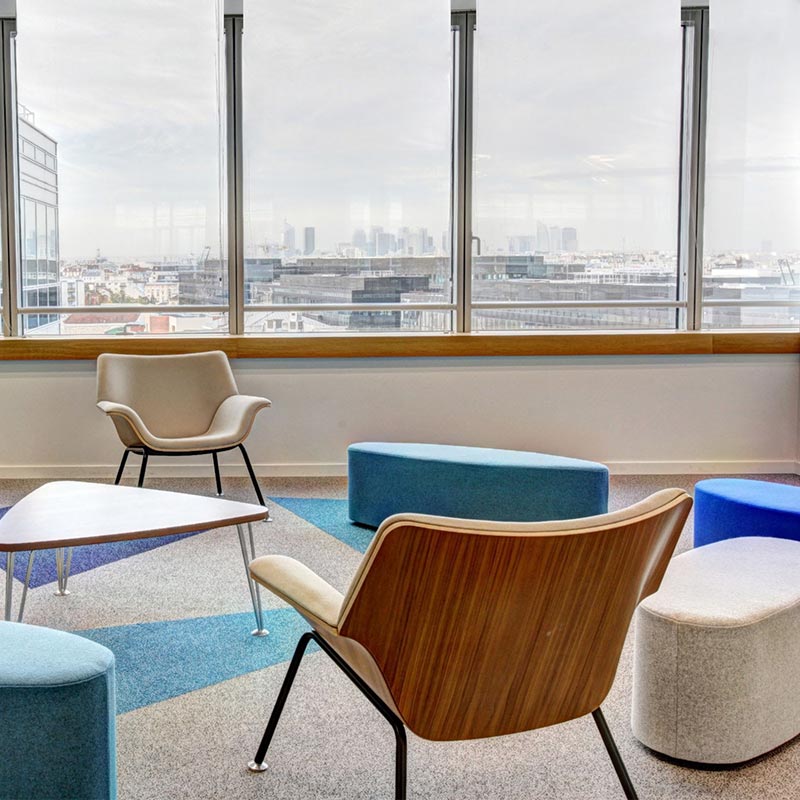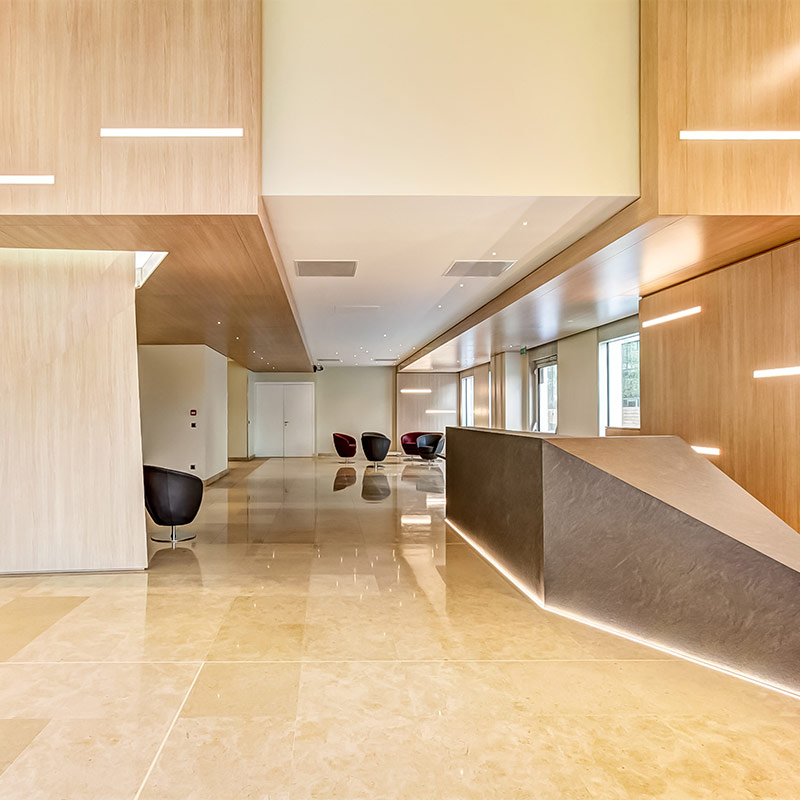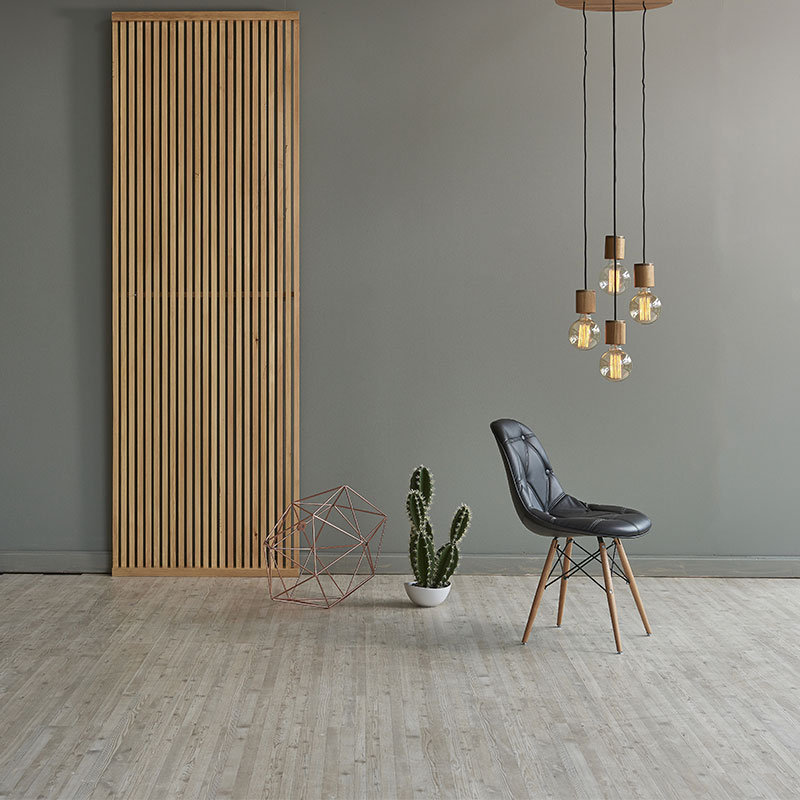The Best Time of Day to Use Dating Programs
If you’re trying to find love on the web, Sunday may be the day to log on and start moving. Dubbed “Dating Sunday” or “Singles Sunday, ” this kind of superficial single’s holiday is a busiest daytime of the season for online dating apps, as per to research from a number of sites.
Dating venezuela women for marriage sites just like Tinder and Bumble have seen a surge in activity troubles platforms since people look for ways to set love-related resolutions, at least find someone new to hang away with. Seeing Sunday is usually the first week after Xmas, when a large number of people have a well-deserved break from all of their loved ones and spend time swiping prove dating https://www.apolloniaponti.com/how-to-manifest-love/ apps to discover who they could want to get together with.

Dawoon Kang, owner and CEO of the dating app Espresso Meets Bagel, tells BuzzFeed until this is one of the biggest days of the season for the website, with a increase in fresh signups upon Saturday. He says that is likely because individuals are “winding down” from their celebrations and looking ahead for the coming workweek.
In accordance to Tinder, this kind of year’s Dating Sunday was the largest working day inside the app’s background, with more than 44 million matches being created. Dating apps have also seen similar spikes in activity around Christmas break, or something like that, which might be because some you decide that they need to put important on acquiring love this season or risk really missing out.
The busiest times of the season for online dating services also are likely to be the most competitive, so it’s crucial for you to make sure your profile is in tip-top shape just before you struck the app. That means making sure you have full-body photos and that the bio evidently explains exactly who you are, what you’re looking for, and any non-negotiables. If you can’t nail down your bio, make an effort adding a detail regarding yourself to stand above the guests.
If you’re gonna message girls on an app like Tinder or Joint, is considered usually preferable to do so at nighttime. This way, your message does not get lost in a sea of early morning or afternoon emails. It is very also a good plan to message women who are currently over the internet, because that shows you got the motivation to reach out rather than sitting within the sidelines.
The last thing you want to do is come across as disinterested or perhaps insincere, which can be easy to do unless you take the time to tailor your information to each individual woman. Make certain you’re making use of the “online now” feature on apps to your advantage, and avoid common openings like “Hey, ” “How are you? ” or “Hey there. ” Women may ignore you or erase your subject matter if that they feel that the interest is not genuine. A little effort goes far in the world of online dating sites. If you stick to these tips, you might simply just find the love of your life on Dating Weekend or any different day.





